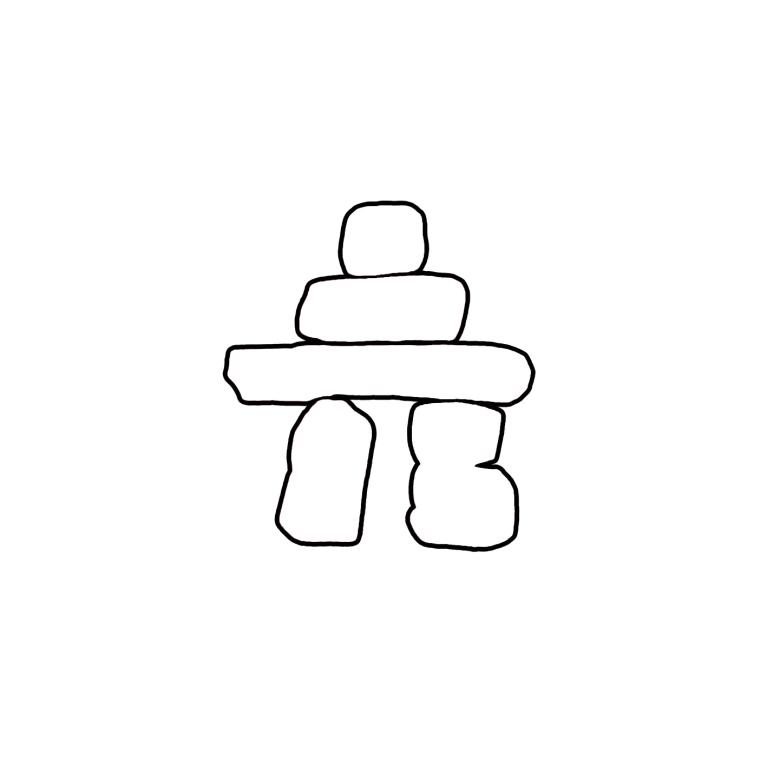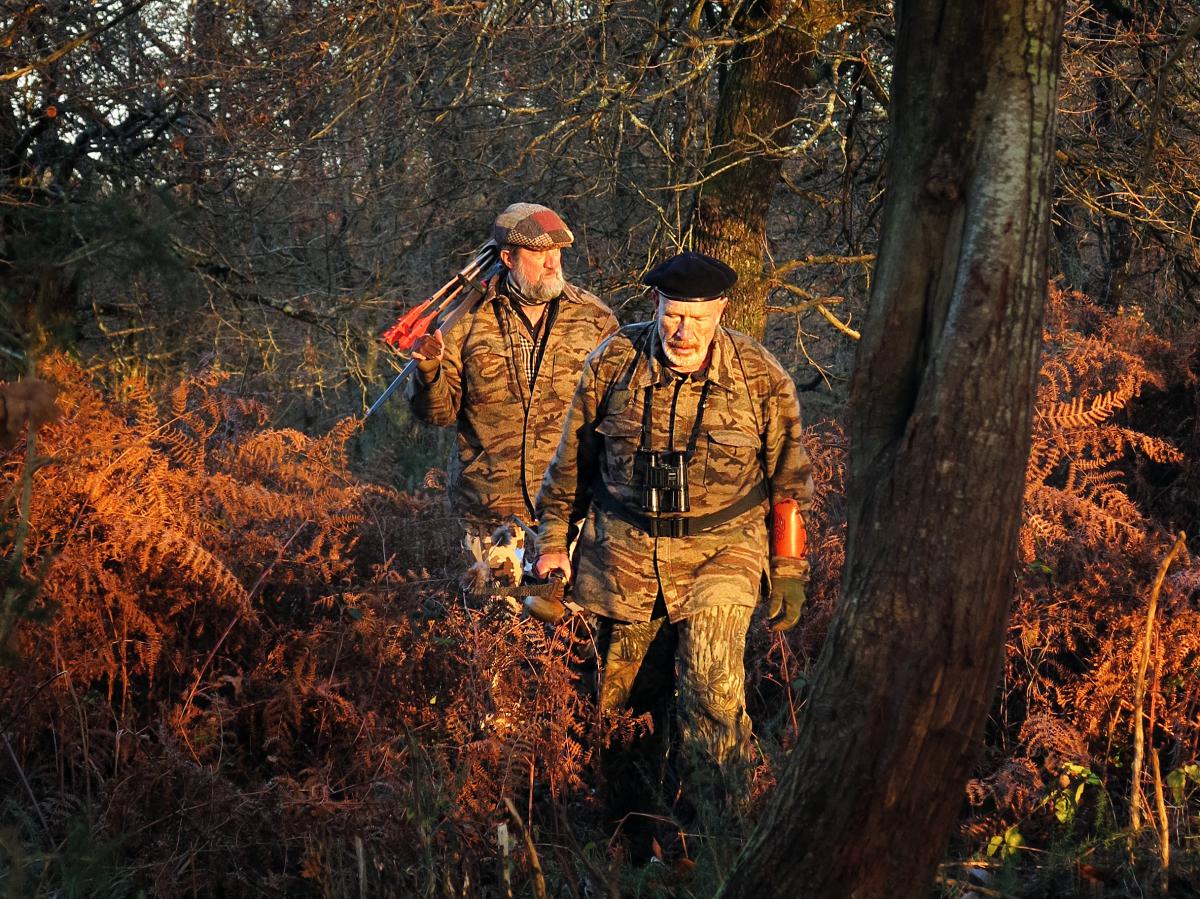“Tradition is not the cult of ashes, but the preservation of fire.“
Gustav Mahler
“Tradition is not the cult of ashes, but the preservation of fire.“
Gustav Mahler


It would be a fraud to think one has the legitimacy to give any opinion about bows when one never saw one being made.
About the man who makes them, however, it is a different story.
As far as talent in general is concerned, Virgil is brimming with it and it must be in his blood.
What’s more, it runs in the family.
Virgil is the son of a man who works leather to perfection.
It has been well over forty years since I bought the first leather item made by him and I have always admired what he can do with his hands
– arts and crafts with a capital A.
Lets talk about Virgil who inherited some talent. He made himself several bows, each more surprising than the next. Some left-handed, for he used to shoot from the “wrong” side, then some right-handed, because after having tried mine he took a liking to it. For a while, which is very unfair, he shot the left and right-handed ones indifferently. Look at his quiver full of wonderful arrows.
Yes! He knows how to make good bows. Many make bows but fewer of them make good ones. I also believe that, to judge a bow, putting aside aesthetic considerations – for a bad bow may be beautiful and an ugly one good – you need shoulders used to thousands of arrows to appreciate its stability, its flexibility and everything else that goes with it and which makes us feel good with it. The bows made by Virgil are definitely hunting bows as it should be, for he is a true bow hunter, he has never hunted with something else than a bow.
One day, back from hunting and by the fireside, a glass of pear brandy in the hand, try and wrest from him the countries he has hunted in, stories of bears and others, his successes and mistakes. You will understand that he is also very talented in being reserved, and it is a good thing that some people may benefit from what he knows.
Xavier Péchenart
